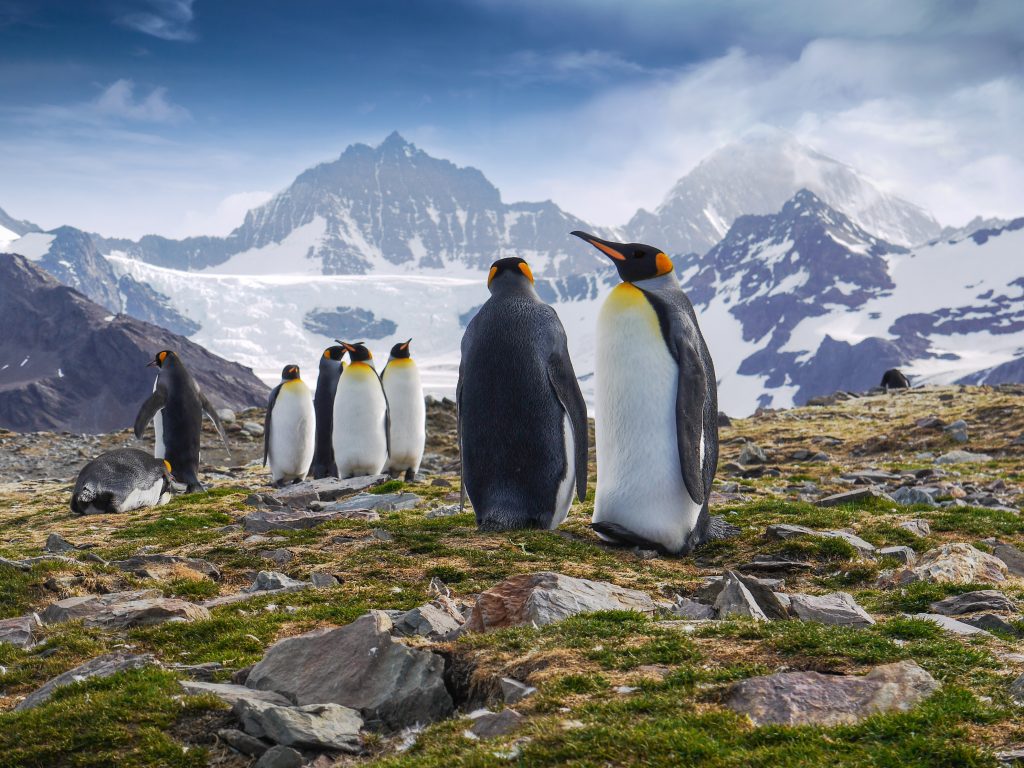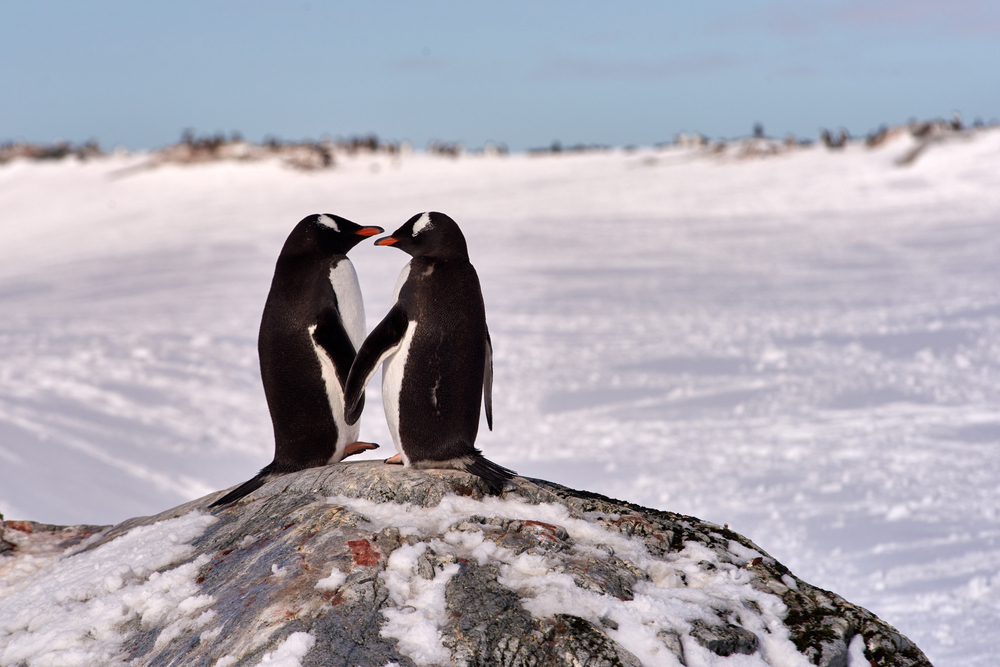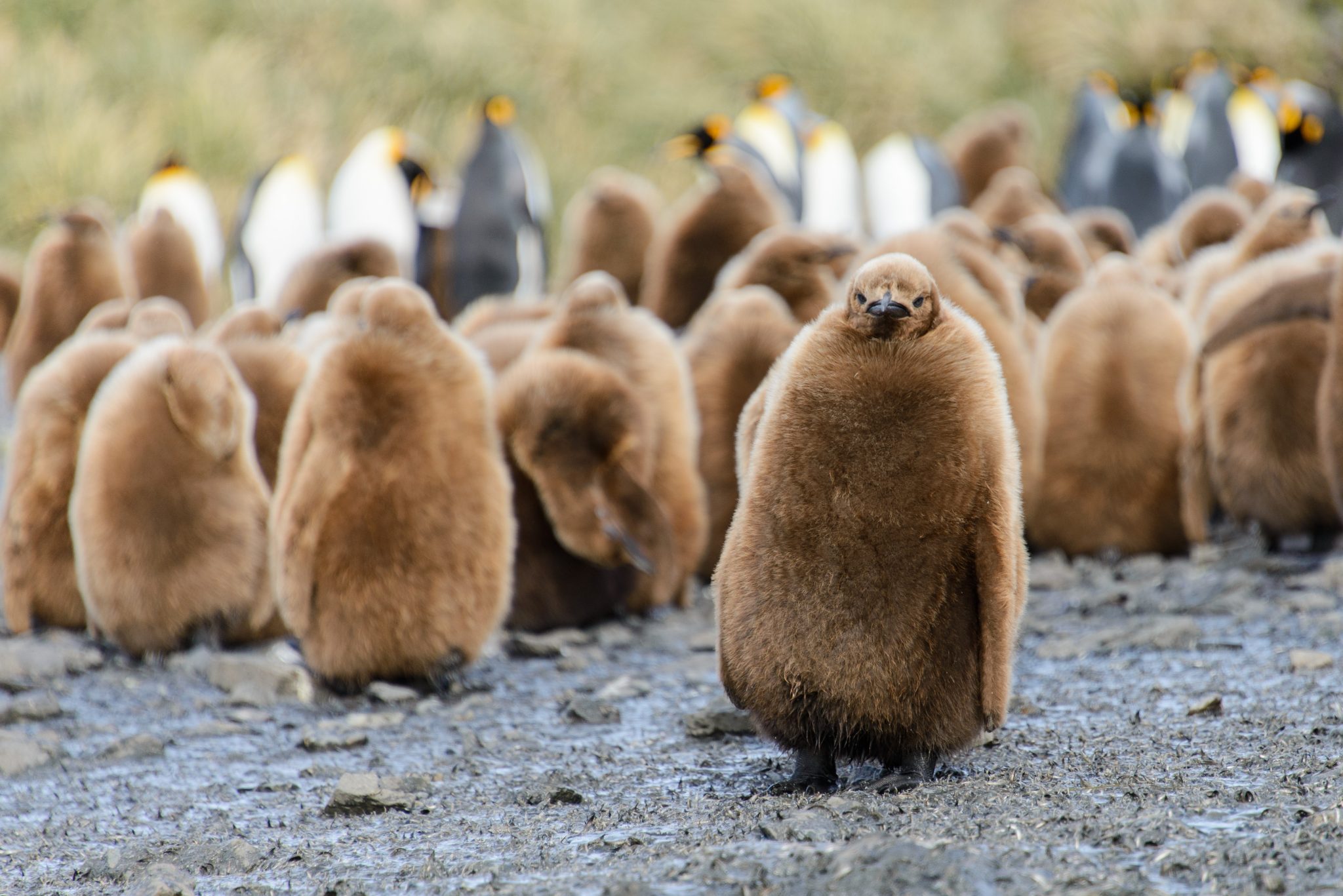Penguins at Risk as Avian Flu Reaches the Antarctic

As Avian Flu reaches the Antarctic, there are new concerns on the impact it may have on several species of Penguin. If Avian Flu hits them, the damage to their populations and ability to breed could be catastrophic.
Avian Flu has severely impacted colonies of seabirds from Alaska to Antarctica, and now there are concerns on the impacts it will have on several species of Penguin like the Gentoo and King Penguins.
Seabirds tight-knit communities offer the perfect conditions to spread the virus, which can occur through contact with water, faeces, infected animals or corpses. Clifftops and rocky outcrops are packed with birds in such a manner that the pathogens can pass through these families – scavenging birds can then pick up discarded food or carrion and cause further spread, especially between species of bird and animal.
Penguins live in similar congregations, particularly during the breeding seasons. Their communities are already close to the edge, with shrinking ice coverage and break-ups of solid areas of pack ice causing disruption to colonies across the Antarctic region. If Avian Flu hits them, the damage to their populations and ability to breed could be catastrophic.
Willem Van den Bossche, BirdLife’s Senior Flyway Conservation Officer, said:
“When the virus enters regions with bird and mammal populations that have not been in contact with avian flu viruses yet, the impact can be high. Unfortunately, we saw that in South America, where the new H5N1 clade killed hundreds of thousands of seabirds and tens of thousands of sea mammals. Fingers crossed the virus will not spread dramatically in Antarctica among the dense populations of breeding seabirds, notably penguins.
BirdLife Partners promote and invest in the monitoring of avian flu outbreaks to collect information on the spread among species and the numbers involved. This information is crucial to raise awareness among policy makers on the impact of the virus and the risk of a final blow to a population that might be already under high pressure because of breeding habitat loss and degradation.”
Cover Image © CherylRamalho/Shutterstock

This monitoring is widespread. Some examples could include the RSPB in the UK, the Bird Protection and Study Society of Serbia, MME in Hungary, or HOS the Hellenic Ornithological Society – to BirdLife South Africa, Birds Canada or Wild Bird Society of Japan – from Dalmatian Pelicans and Penguins to Northern Gannets and Hooded Crane populations – our Partners track mortality and affected sites and colonies.
